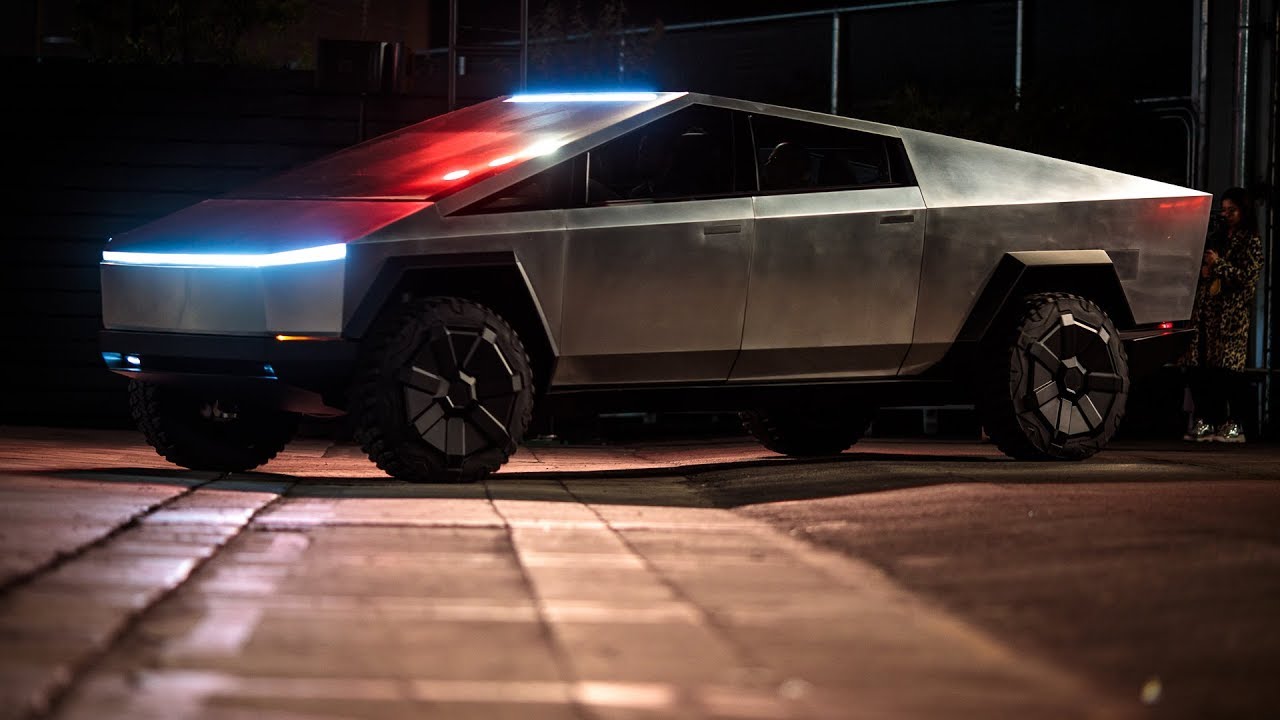
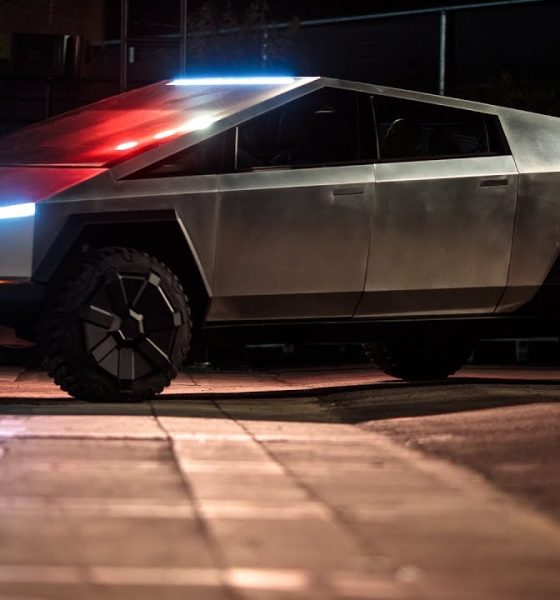
News
Tesla’s Elon Musk shares brief update on Cybertruck’s final design
Elon Musk recently provided a quick update on the highly-anticipated Cybertruck’s development, with the Tesla CEO noting that the all-electric pickup’s final design is looking good. Musk shared his thoughts on Twitter after he visited the vehicle at Tesla’s studio.
The Cybertruck is arguably Tesla’s most radical vehicle to date, thanks in part to its unorthodox brutalist design and angular exoskeleton. Starting at less than $40,000, the Cybertruck has the potential to break into one of the most lucrative vehicle segments in the United States. But to accomplish this, the Cybertruck must have the necessary balance between all-electric performance and classic pickup characteristics.
Final design is looking👌
Was just in the studio— Elon Musk (@elonmusk) February 22, 2021
This is perhaps the reason why Elon Musk and Tesla’s design team have been putting in the effort to refine the vehicle as much as possible before it enters production. So far, Musk has been pretty optimistic about the Cybertruck’s development, noting during the Q4 FY 2020 earnings call that almost all of the engineering surrounding the vehicle had been completed. Musk added that Tesla was no longer iterating at the design level, as the Cybertruck’s designs have already been fixed.
These statements were followed by the CEO’s comments during a recent appearance at the Joe Rogan Experience podcast, where Musk noted that the final version of the Cybertruck would be very similar to the all-electric pickup that was revealed late 2019, save for a 3% size reduction. Musk noted that this reduction would allow the Cybertruck to fit in a Boring Company tunnel without any issues.
Interestingly enough, Musk has taken the Cybertruck through a Boring Company tunnel with veteran talk show host Jay Leno at the wheel. Leno, for his part, noted in a later comment that the Cybertruck was traveling close to the tunnels’ walls when they were driving the all-electric pickup through it.
The all-electric pickup market is poised to be very competitive, with early entries like the Rivian R1T poised to start deliveries later this year. Other all-electric pickups like the Ford F-150 Electric are also expected to be released in the near future, though legacy automakers relying on batteries from South Korean firm SK Innovation may find some challenges in their rollout. This is due to a recent 10-year US import ban against SK Innovation, which was imposed because of a lawsuit from rival battery maker LG Chem.
Don’t hesitate to contact us for news tips. Just send a message to tips@teslarati.com to give us a heads up.

News
Tesla China delivery centers packed as Q4 2025 enters its final month
Fresh photos from delivery centers in the country show rows upon rows of Model Ys and Model 3s.

Tesla’s delivery centers in China are filled with vehicles as the company ramps up for its final push in Q4 2025. Fresh photos from delivery centers in the country show rows upon rows of Model Ys and Model 3s, signaling strong end-of-quarter momentum.
A delivery push for Q4 2025
A recent aerial shot from a Tesla delivery center in China captures the company’s efforts to deliver as many vehicles as possible as the year comes to a close. As could be seen in the image, which was posted by on X by Tesla enthusiast Nic Cruz Patane, the facility was filled with numerous Model Y and Model 3 units, each vehicle seemingly ready to be handed over to customers.
Echoing the scene, another post, reportedly from two weeks prior, showed a similar scene in a Shanghai location, which was packed with Model Y units. X user Roberto Nores shared the photo, noting that the image also shows multiple Model Y Ls, a six-seat extended wheelbase version of the popular all-electric crossover.
Towards a strong Q4 finish
China remains Tesla’s volume powerhouse, accounting for a good portion of the company’s global deliveries in recent quarters. That being said, reports did emerge in early November stating that the company only reached 26,006 retail sales during October, as noted in a CNEV Post report. The reasons for this remain to be seen, though a focus on exports could have been a contributing factor.
Tesla China does seem to be hinting at some momentum this November. Just recently, Tesla watchers observed that the order page for the Model Y in China shows a message informing customers that those who wish to guarantee delivery by the end of the year should purchase an inventory unit. This was despite the Model Y RWD and Model Y L showing an estimated delivery timeline of 4-8 weeks, and the Model Y Long Range RWD and Model Y Long Range AWD showing 4-13 weeks.
Elon Musk
SpaceX’s Starship FL launch site will witness scenes once reserved for sci-fi films
A Starship that launches from the Florida site could touch down on the same site years later.
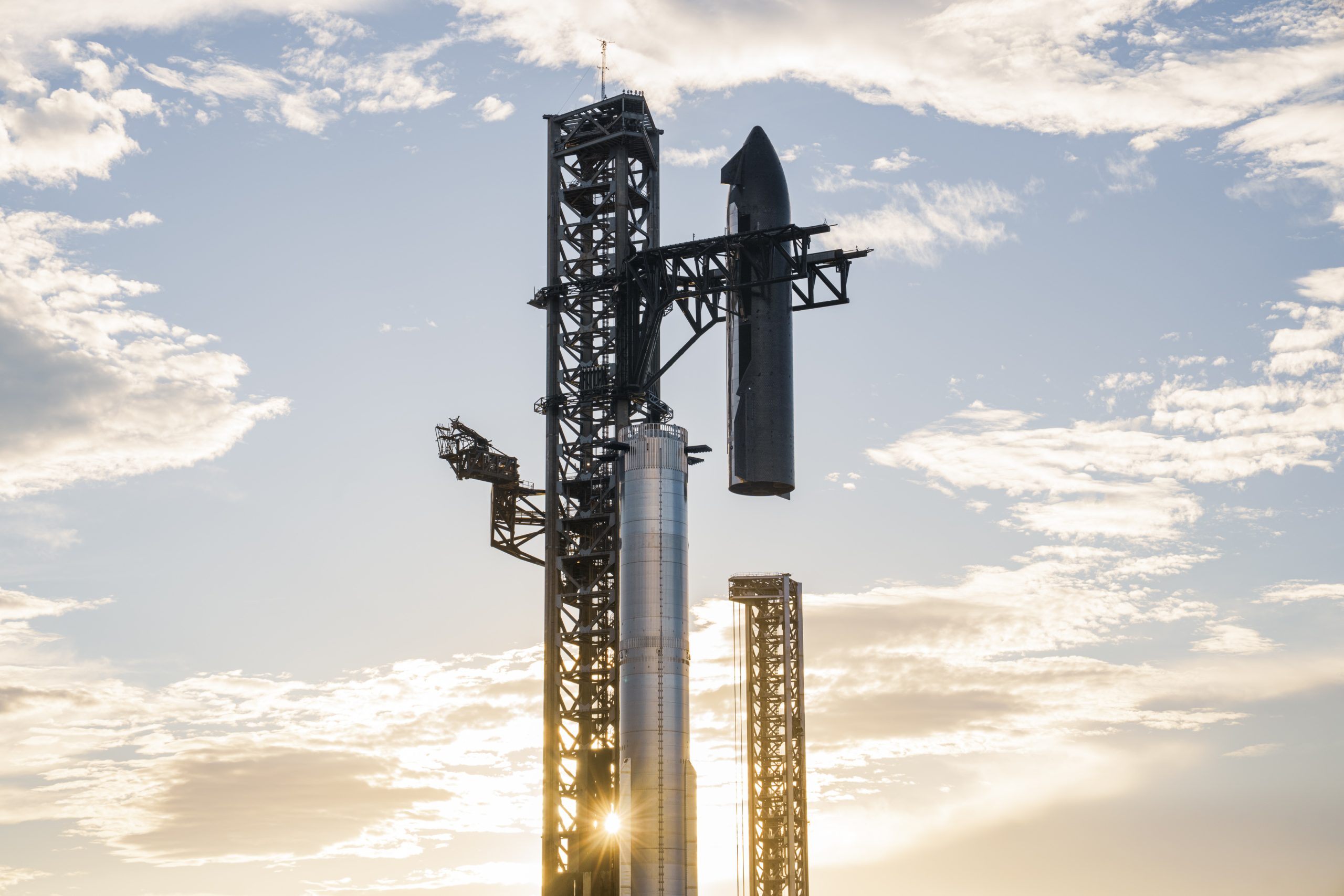
The Department of the Air Force (DAF) has released its Final Environmental Impact Statement for SpaceX’s efforts to launch and land Starship and its Super Heavy booster at Cape Canaveral Space Force Station’s SLC-37.
According to the Impact Statement, Starship could launch up to 76 times per year on the site, with Super Heavy boosters returning within minutes of liftoff and Starship upper stages landing back on the same pad in a timeframe that was once only possible in sci-fi movies.
Booster in Minutes, Ship in (possibly) years
The EIS explicitly referenced a never-before-seen operational concept: Super Heavy boosters will launch, reach orbit, and be caught by the tower chopsticks roughly seven minutes after liftoff. Meanwhile, the Starship upper stage will complete its mission, whether a short orbital test, lunar landing, or a multi-year Mars cargo run, and return to the exact same SLC-37 pad upon mission completion.
“The Super Heavy booster landings would occur within a few minutes of launch, while the Starship landings would occur upon completion of the Starship missions, which could last hours or years,” the EIS read.
This means a Starship that departs the Florida site in, say, 2027, could touch down on the same site in 2030 or later, right beside a brand-new stack preparing for its own journey, as noted in a Talk Of Titusville report. The 214-page document treats these multi-year round trips as standard procedure, effectively turning the location into one of the world’s first true interplanetary spaceports.
Noise and emissions flagged but deemed manageable
While the project received a clean bill of health overall, the EIS identified two areas requiring ongoing mitigation. Sonic booms from Super Heavy booster and Starship returns will cause significant community annoyance” particularly during nighttime operations, though structural damage is not expected. Nitrogen oxide emissions during launches will also exceed federal de minimis thresholds, prompting an adaptive management plan with real-time monitoring.
Other impacts, such as traffic, wildlife (including southeastern beach mouse and Florida scrub-jay), wetlands, and historic sites, were deemed manageable under existing permits and mitigation strategies. The Air Force is expected to issue its Record of Decision within weeks, followed by FAA concurrence, setting the stage for rapid redevelopment of the former site into a dual-tower Starship complex.
SpaceX Starship Environmental Impact Statement by Simon Alvarez
News
Tesla Full Self-Driving (FSD) testing gains major ground in Spain
Based on information posted by the Dirección General de Tráfico (DGT), it appears that Tesla is already busy testing FSD in the country.
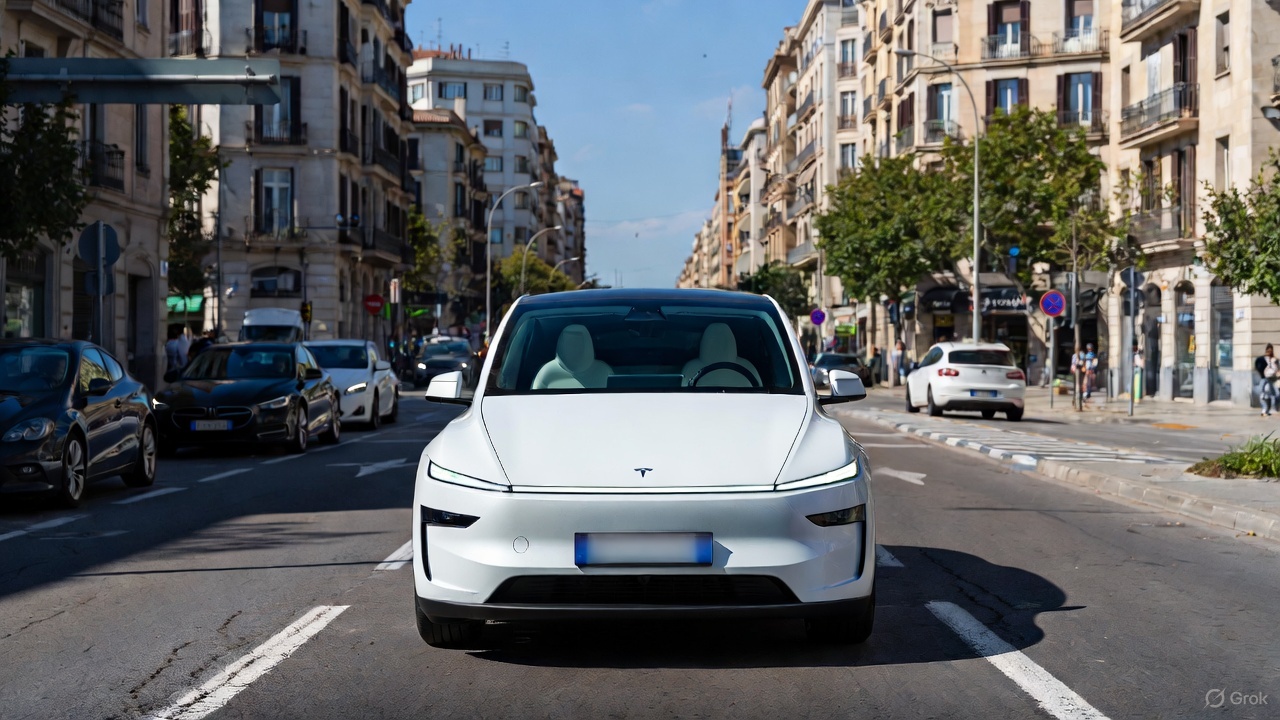
Tesla’s Full Self-Driving (Supervised) program is accelerating across Europe, with Spain emerging as a key testing hub under the country’s new ES-AV framework program.
Based on information posted by the Dirección General de Tráfico (DGT), it appears that Tesla is already busy testing FSD in the country.
Spain’s ES-AV framework
Spain’s DGT launched the ES-AV Program in July 2025 to standardize testing for automated vehicles from prototypes to pre-homologation stages. The DGT described the purpose of the program on its official website.
“The program is designed to complement and enhance oversight, regulation, research, and transparency efforts, as well as to support innovation and advancements in automotive technology and industry. This framework also aims to capitalize on the opportunity to position Spain as a pioneer and leader in automated vehicle technology, seeking to provide solutions that help overcome or alleviate certain shortcomings or negative externalities of the current transportation system,” the DGT wrote.
The program identifies three testing phases based on technological maturity and the scope of a company’s operations. Each phase has a set of minimum eligibility requirements, and applicants must indicate which phase they wish to participate in, at least based on their specific technological development.
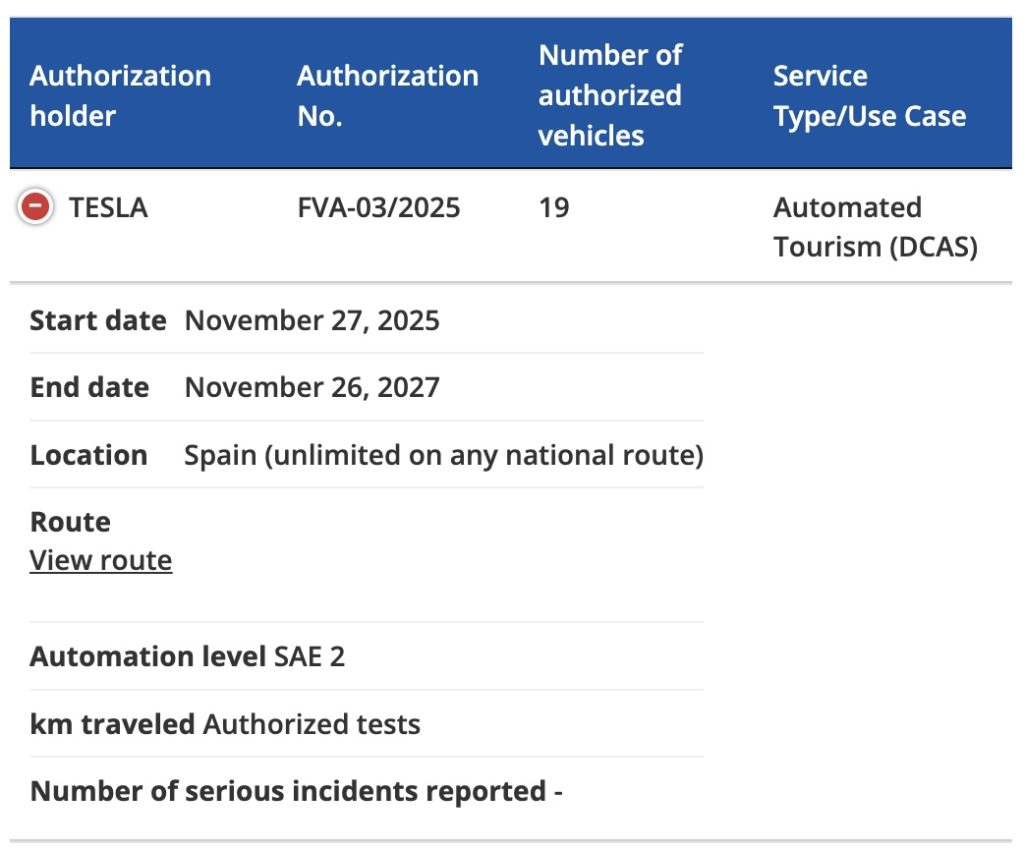
Tesla FSD tests
As noted by Tesla watcher Kees Roelandschap on X, the DGT’s new framework effectively gives the green flight for nationwide FSD testing. So far, Tesla Spain has a total of 19 vehicles authorized to test FSD on the country’s roads, though it would not be surprising if this fleet grows in the coming months.
The start date for the program is listed at November 27, 2025 to November 26, 2027. The DGT also noted that unlimited FSD tests could be done across Spain on any national route. And since Tesla is already in Phase 3 of the ES-AV Program, onboard safety operators are optional. Remote monitoring would also be allowed.
Tesla’s FSD tests in Spain could help the company gain a lot of real-world data on the country’s roads. Considering the scope of tests that are allowed for the electric vehicle maker, it seems like Spain would be one of the European countries that would be friendly to FSD’s operations. So far, Tesla’s FSD push in Europe is notable, with the company holding FSD demonstrations in Germany, France, and Italy. Tesla is also pushing for national approval in the Netherlands in early 2026.









